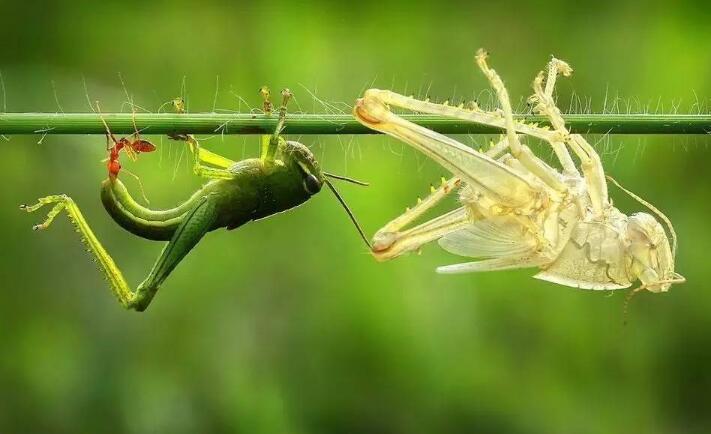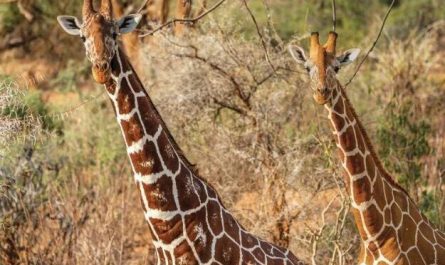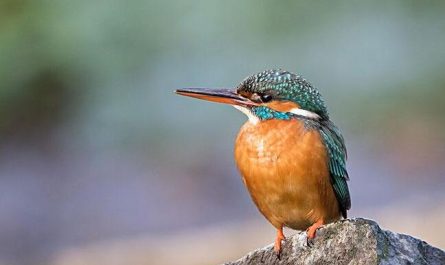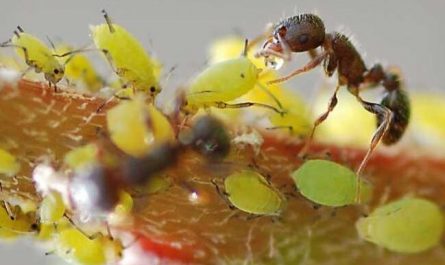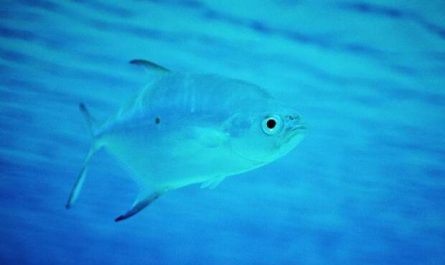Causes of animal shedding
Different groups of reptiles have different molting times and methods. Generally speaking, molting is more frequent in the early stages of development, and the time of molting after sexual maturity is more stable. Molting is also related to the individual’s nutritional status, physiological condition, and temperature. , Humidity, etc. have a close relationship.
Snakes generally shed their skin as a whole, while lizards shed their skins in patches, while turtles and alligators do not shed their skins regularly.
Regularity is usually carried out in a constantly updated manner.
In fact, not only snakes must shed their skins, but also lizards, turtles and turtles must shed their skins. Therefore, reptiles basically shed their skins. Click to see the larger picture. The phenomenon that reptile scales are periodically replaced is called reptile molting.
Why do reptiles shed their skin? This is because the epidermis of reptiles is a keratinized product of the skin. There are no living cells and cannot grow with the growth of individual animals. When the individual animals grow to a certain level, the inanimate epidermal scales are restricted. In order to achieve the development and growth of the individual, only the original epidermal scaly quilt is retreated at this time, and a new epidermal scaly quilt grows to adapt to its growing body, which is why reptiles shed their skins.
Different groups of reptiles have different molting times and methods. Generally speaking, molting is more frequent in the early stages of development, and the time of molting after sexual maturity is more stable. Moulting is also closely related to the individual’s nutritional status, physiological condition, temperature, humidity, etc.
Snakes generally shed their skin as a whole, while lizards shed their skins in patches, while turtles and alligators have no regular molting pattern, usually in a constantly renewed manner.
Internal classification of molting animals
Molts include the following phyla: Arthropods, Claws, Tadidas, Chiropods, Gills, Armoreds, Nematodes, and Linear animals; other phyla, such as Pneumocephalus The phylum was once thought to be one of them, but because of its lack of the main characteristics of molting animals, it is now usually marked out.
The common feature of pan-arthropods is a segmented body, which was originally thought to have evolved from annelids, and together with them constituted a segmented animal (Articulata). However, they do not have too many common features, and now it seems that they have evolved the characteristics of subsections respectively.
In addition, judging from the 18S ribosomal RNA tree, the phylum Chaetognathus may be different from the rest of the metamus and belong to molting animals. Members of molting animals that are not pan-arthropods were once grouped into Cycloneuralia, but they are generally considered to be paraphyletic groups.
Molts are the total phyla, including 9 phyla:
Lobopodia (Lobopodia): odd shrimp, obabin sea scorpion, micro-mesh worm, Exie comb silkworm, weird worm and so on.
Arthropoda (Arthropoda): spiders, centipedes, cicadas, etc.
Onychophora (Onychophora): caterpillars and so on.
Tardigrada (Tardigrada): water bear, tardigrad, etc.
Kinorhyncha (Kinorhyncha)
Priapulida
Loricifera
Nematoda (Nematoda): Glomus, roundworm, etc.
Nematomorpha (Nematomorpha): Jun insects, filarials, rotifers, acanthocephalus, etc.
